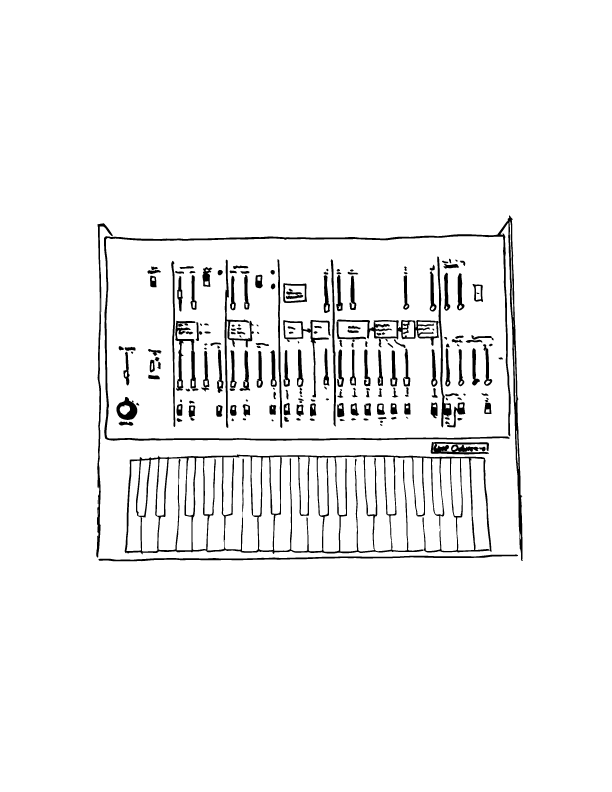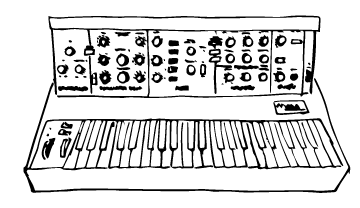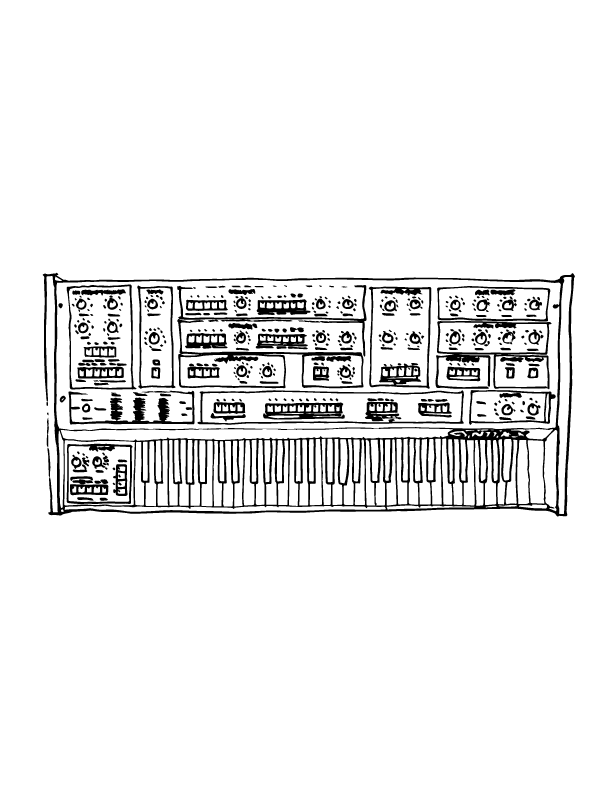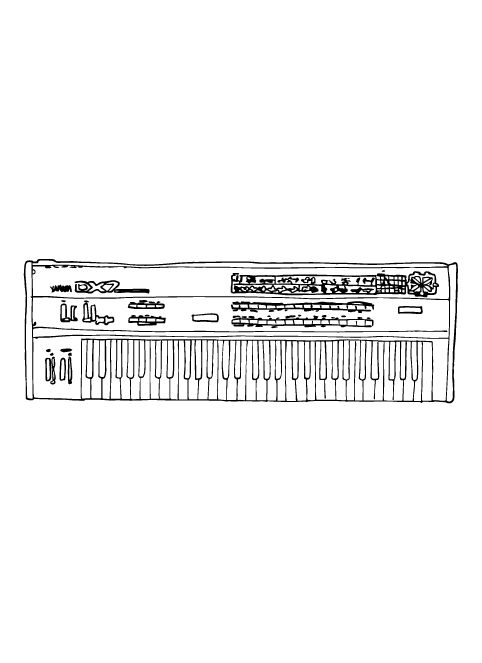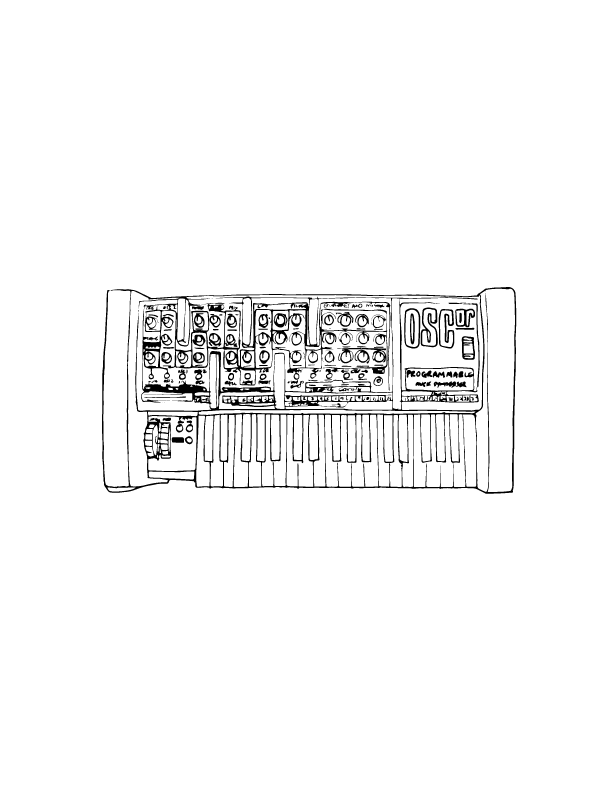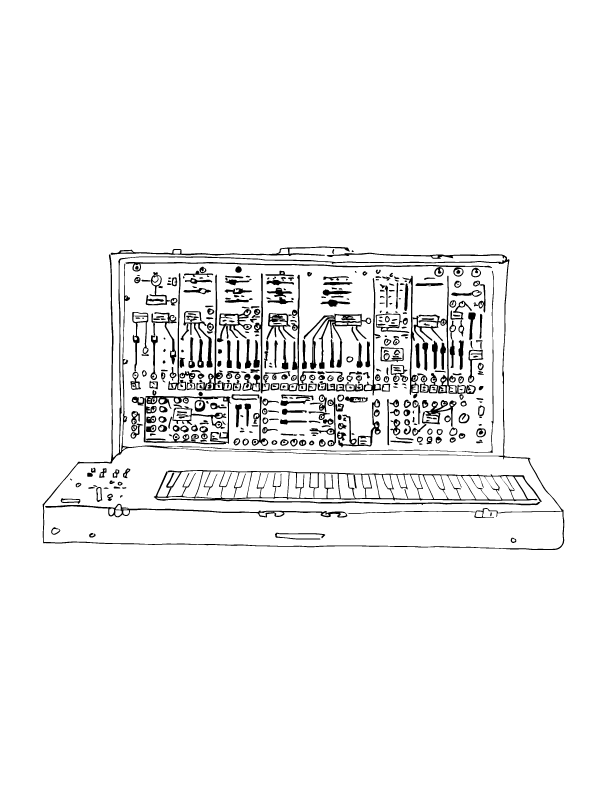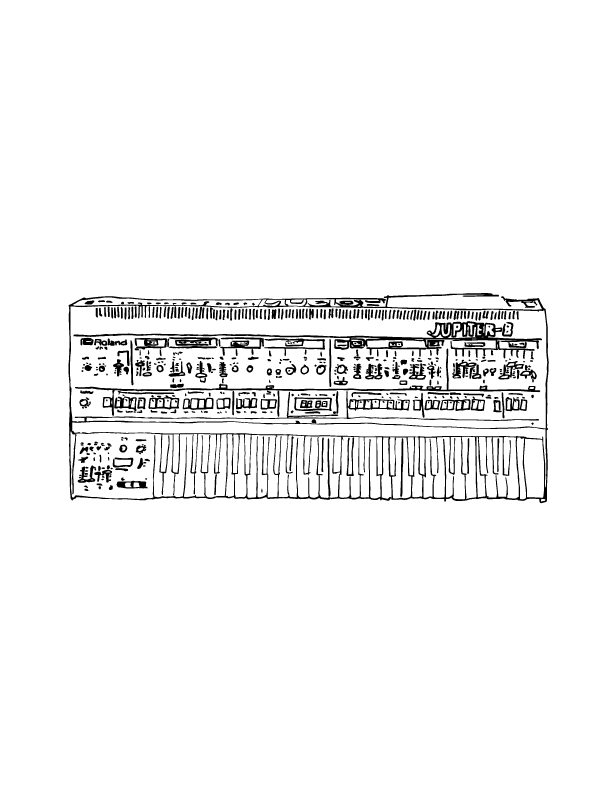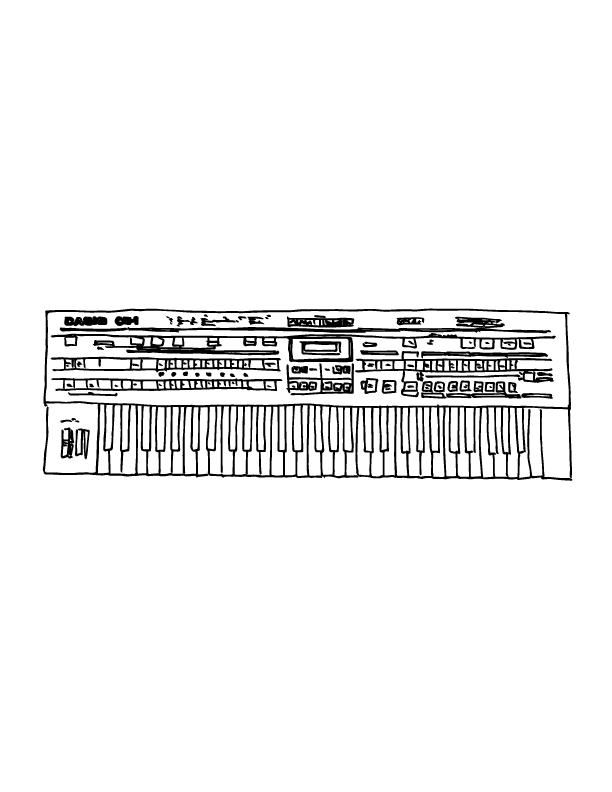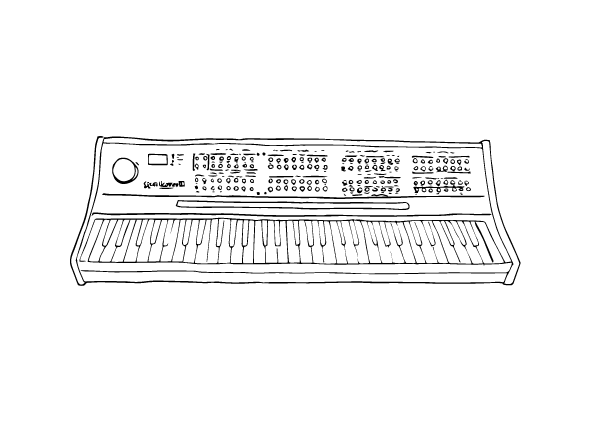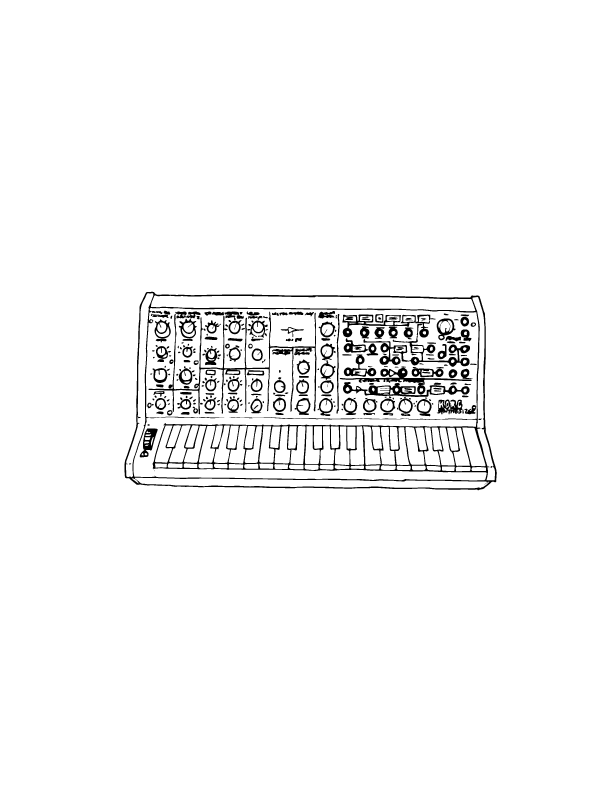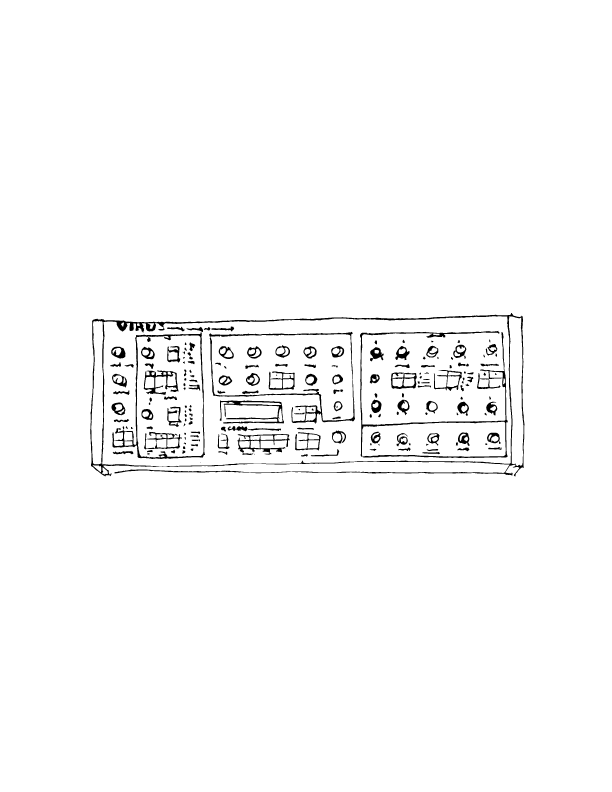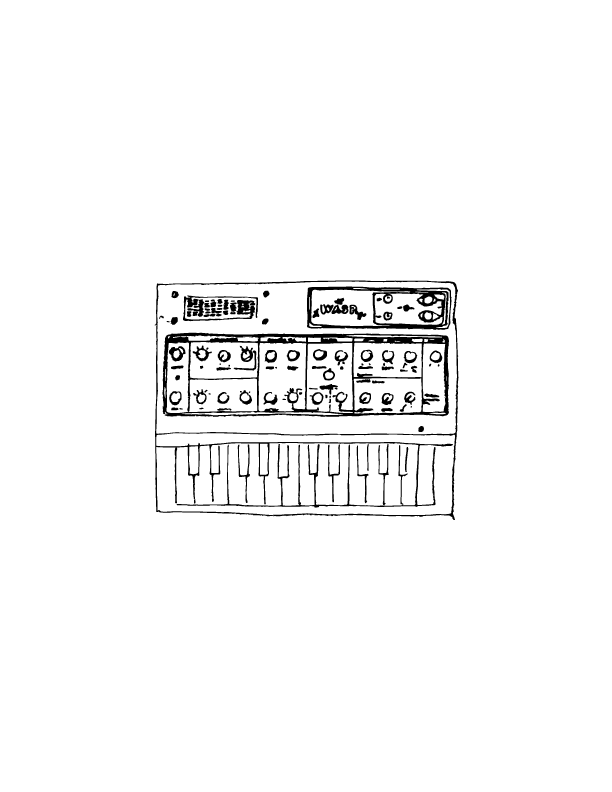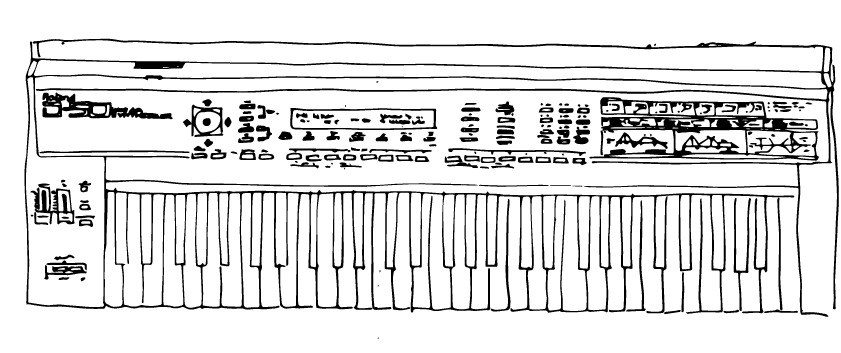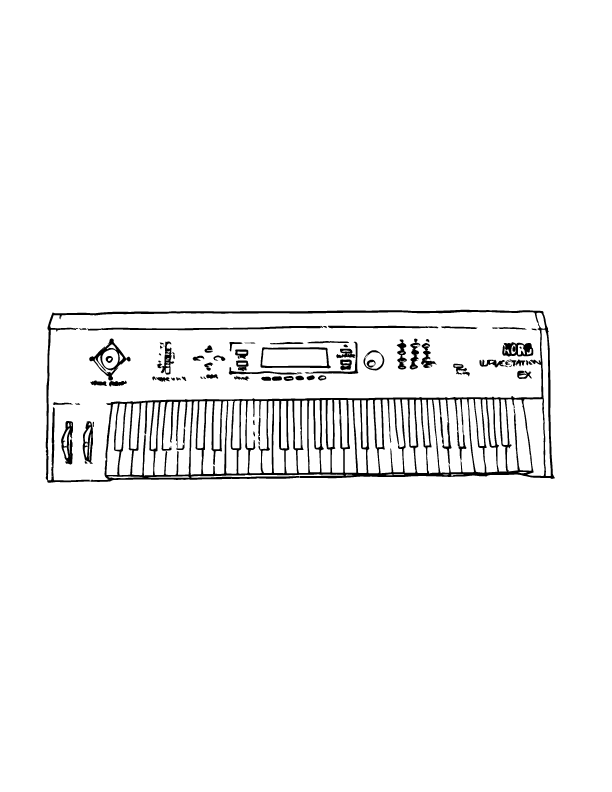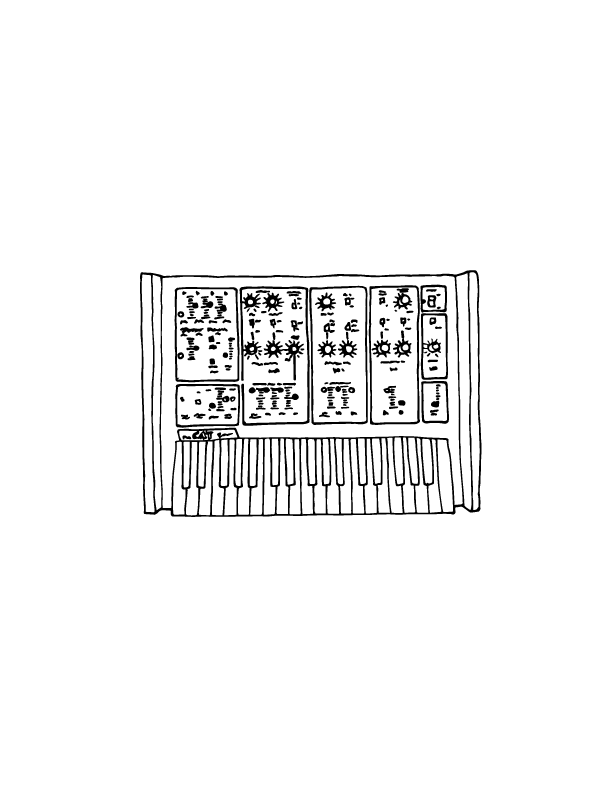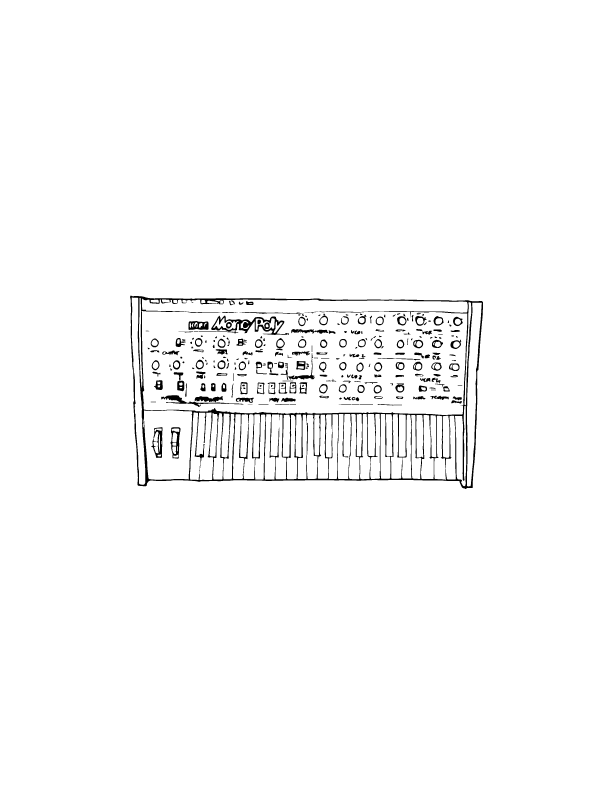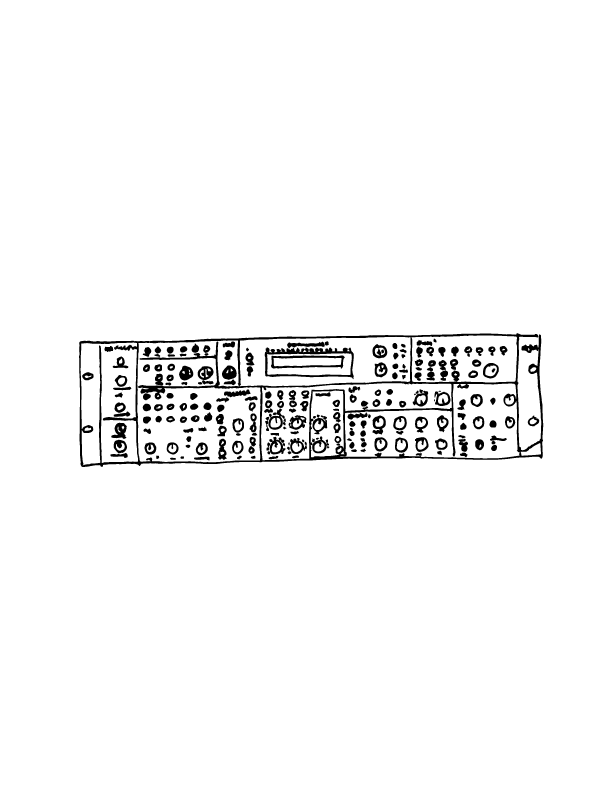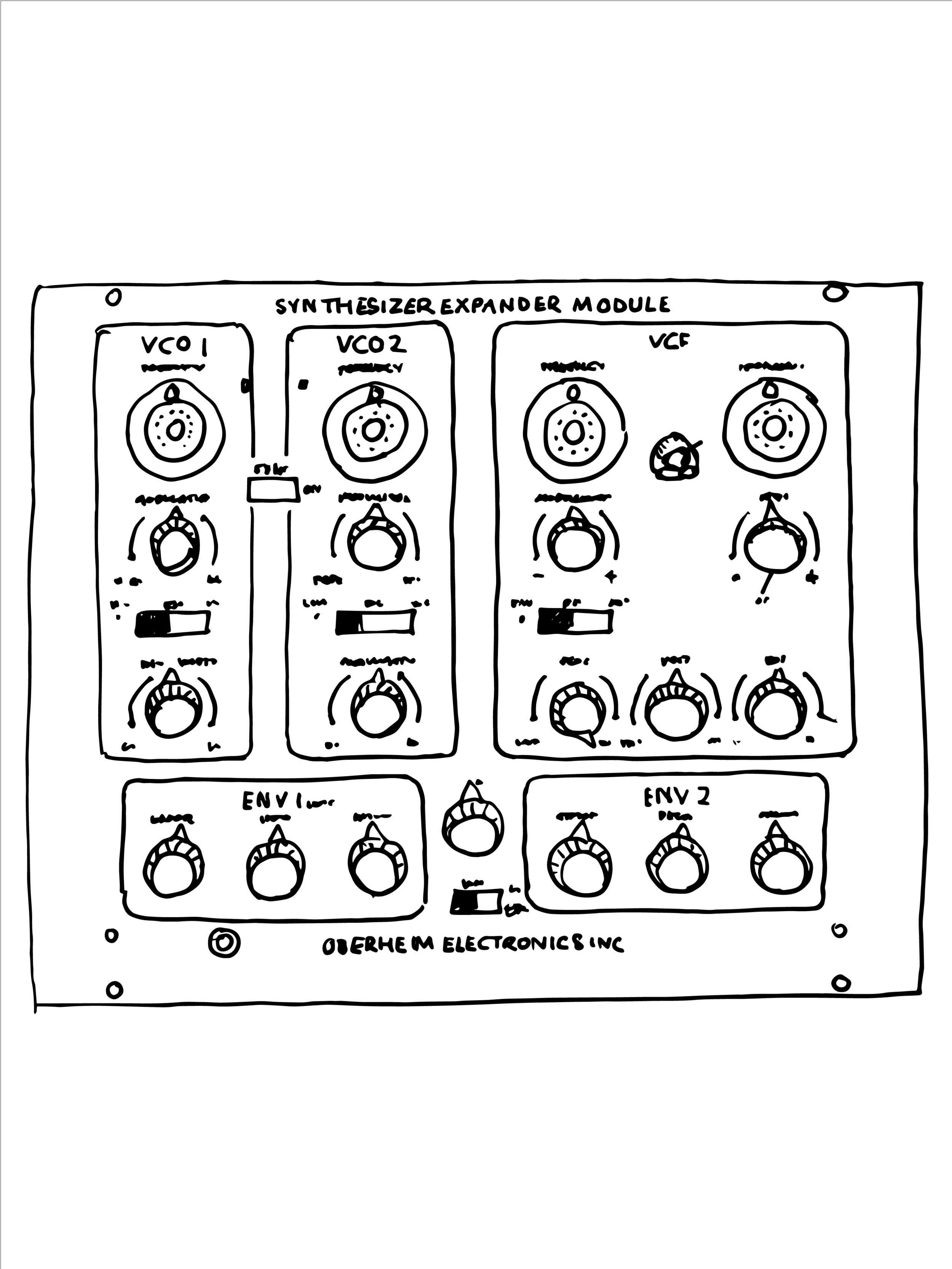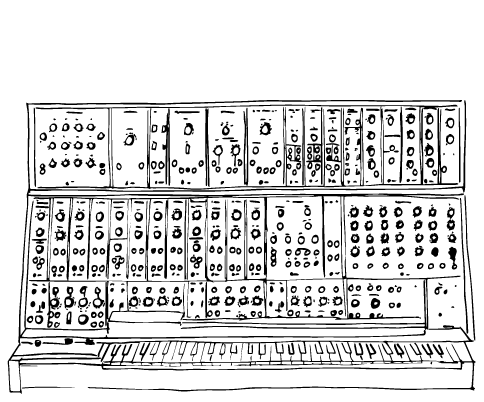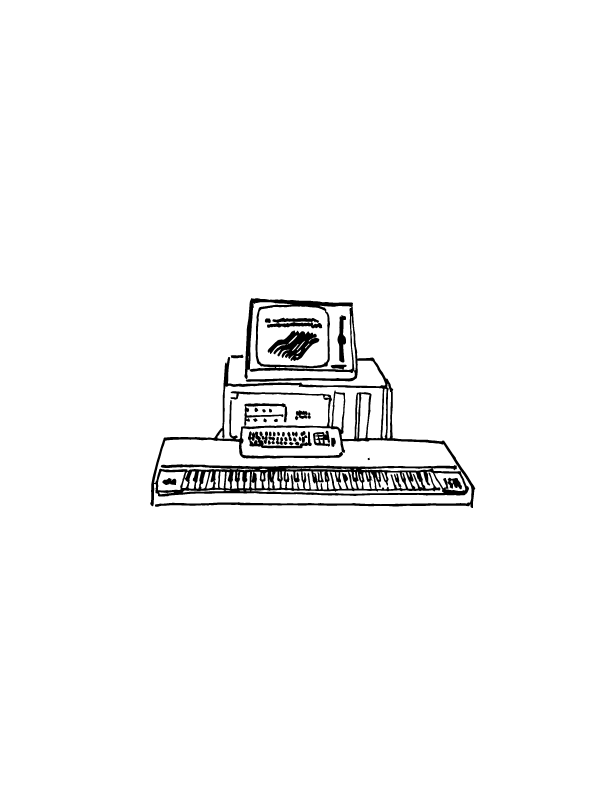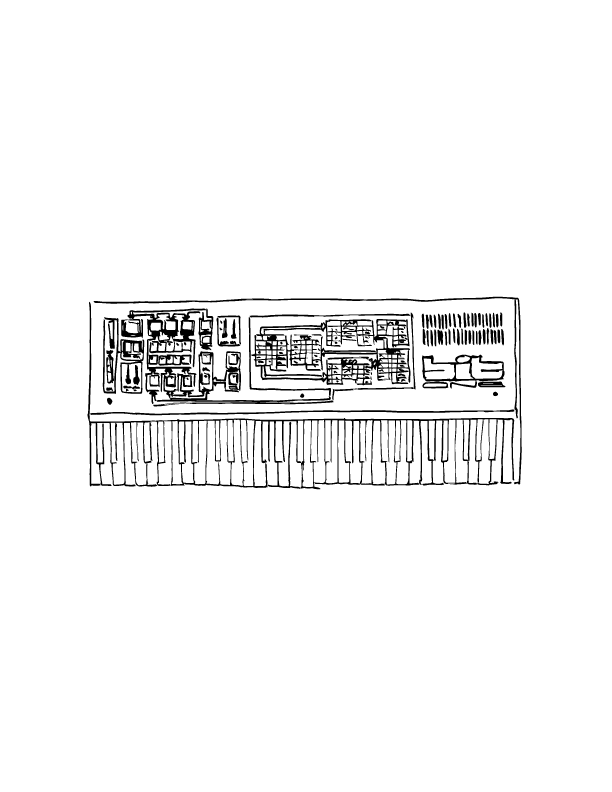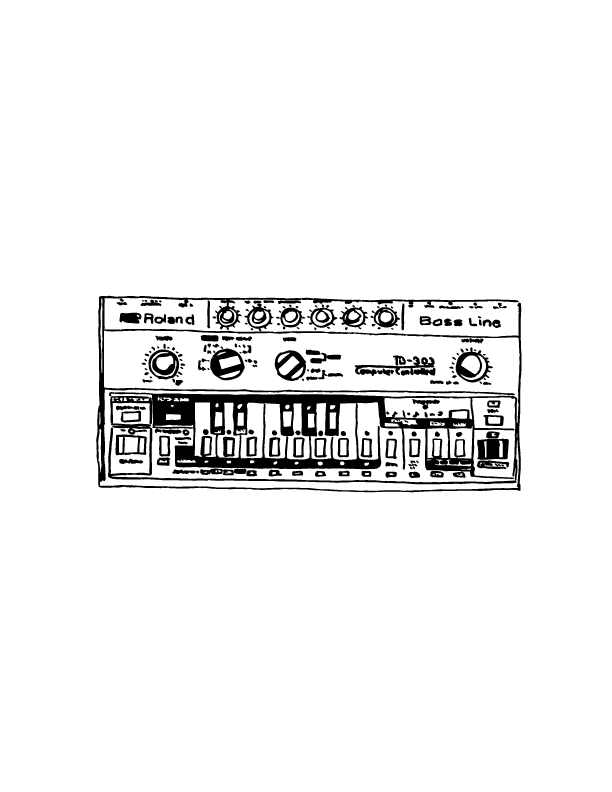One lucky entrant will win one of the latest range of t-shirts to be created in Synth Evolution’s latest collaboration with 1of100 T-shirts! But first we have to decide which designs we’re going to make!
Introducing the Champion of Oscillators t-shirt competition!
Go here >> https://twitter.com/weare1of100/status/1569398470389243905 <<
After last year's World Cup of Synth which named the Roland TB-303 the greatest synth of all time comes weare1of100 T-shirts latest collaboration with Synth Evolution: Champion Oscillators Competition.
This time we take a deep dive into the beating heart of any synthesizer - the oscillator.
What is a synth but a sound-generating tool, and what exists in each and every single synth that makes that sound? The oscillator! Over the years there have been analogue oscillators, digital oscillators, FM oscillators and more. Not only are they the sound source, but to enable their control they have been represented in many ways on the front panel, and each of those case designs are miniature works of art in our opinion!
Synth Evolution and 1of100 T-shirts have selected five of the finest synths and created t-shirt designs from the control panels. It's fascinating to see how the design and evolution of synth is reflected by the type of waveforms available and the era of graphic design from which it dates.
There is definite truth to the idea that beauty of form comes from clarity of purpose!
The synths chosen are:
ARP 2600: the earliest synth on the list (1971). The Model 2600 was ARP's breakthrough synth following the limited production run Model 2500. Being a semi-modular synthesizer, each of the three oscillators can be patched to output one of two waveforms - sawtooth and pulse. These can be modulated by four sources, as shown by the four arrows (for Pitch, S/H, Envelope, Oscillator 2). The design is a classic of 1960s’ functional screen-print design, and is replicated three times on the synth itself for each of the three oscillators.
Moog Minimoog: The next classic on the list is the first and greatest monosynth of the 1970s, the Minimoog. Unlike the ARP, it's a fully wired beast (no patch cables here!), so the oscillator selector is a simple rotary dial to enable the choice of waveform. There are six to choose from - which is several more than the usual two or three - and are: Triangle, Tri/saw, Sawtooth, Square, Pulse 1, Pulse 2. Worth noting is that at the heart of each of the Minimoog's three oscillators is a basic sawtooth generator with waveshaping circuits for the different waveforms. it’s also noted for overdriving the filter input giving it its legendary sound. Again the design itself is a simple functional affair, enabling the user to easily select the desired sound.
Roland SH-101: A 1980s take on the monosynth. By now components had miniaturised and were more power efficient -to the extent that the SH-101 could be run from batteries. The SH-101's oscillator design feature Roland's standard graduated faders and this portion of the oscillator features the octave selector (still measured in 'organ pipe’ foot-lengths), the pulse-width selector and pulse-width modulation sources.
Roland Jupiter 8: the first polysynth on the list, the Jupiter 8's oscillators strip things back to the classic selection of triangle, sawtooth, variable pulse and square wave. Cross-modulation from VCO2 can be added, again through use of one of Roland's distinctive faders with the detailed graduations. Each of the eight voices of the Jupiter 8 had the benefit of two oscillators making for a ground-breakingly rich sound that's still sought after today.
Yamaha DX7: Unlike the previous four synths, the DX7 featured the breakthrough digital technology of frequency modulation. The DX7's oscillators don't generate 'analogues' of waveforms, they calculate interactions between multiple of them and are known as 'operators'. As such, each DX7 voice can be made of up to six of these 'operators' and each can modulate the other in various configurations of 'carriers' and 'modulators'. This design shows just one of the 32 configurations (algorithms) that these six operators can be arranged in.
We think any of these designs would make for a great t-shirt, but we can't make all five of them (sadly!). Therefore we invite you to vote for your favourite(s) on Twitter. The top two will then be made into T-shirts for purchase. We can't wait to see which will top the the Oscillators challenge!








